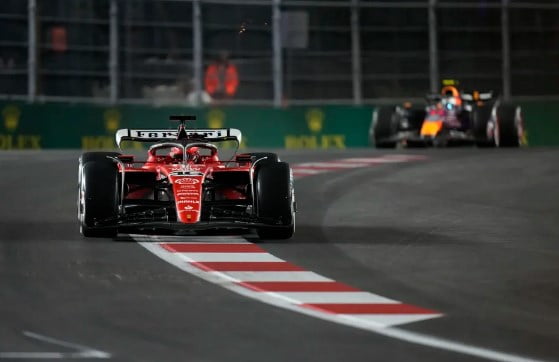The margin of success in Formula 1 often comes down to tiny measurements of time and distance. Drivers know the exact lines to take at corners for optimal lap times. Sometimes, though, racers will go out of bounds as they try to gain an advantage. To help officials check whether a car’s wheels entirely cross the white boundary line, F1 will test an AI system.
The Fédération Internationale de l’Automobile (FIA), the motorsport’s governing body, says it will employ Computer Vision tech at the season-closing Abu Dhabi Grand Prix this weekend. This approach uses shape analysis to determine the number of pixels that cross the line at the edge of the track.

The FIA doesn’t plan to fully automate reviews of track limits breaches for the time being. Rather, it wants to significantly reduce the number of potential rule violations that are sent to officials for manual review.
July’s Austrian Grand Prix saw four people having to review around 1,200 potential violations. After some track limit violations went unpunished in October’s US Grand Prix, officials acknowledged they’d have to find a new approach. Enter Computer Vision.
This tech has been used in medicine to help review data from cancer screenings. “They don’t want to use the Computer Vision to diagnose cancer, what they want to do is to use it to throw out the 80 percent of cases where there clearly is no cancer in order to give the well-trained people more time to look at the 20 percent,” Tim Malyon, the FIA’s deputy race director and head of remote operations, said. “And that’s what we are targeting.”
The FIA hopes to reduce the number of possible infringements that officials manually review to around 50 per race.
While the FIA won’t rely entirely on AI to make race calls anytime soon, Malyon expects that to happen eventually.
